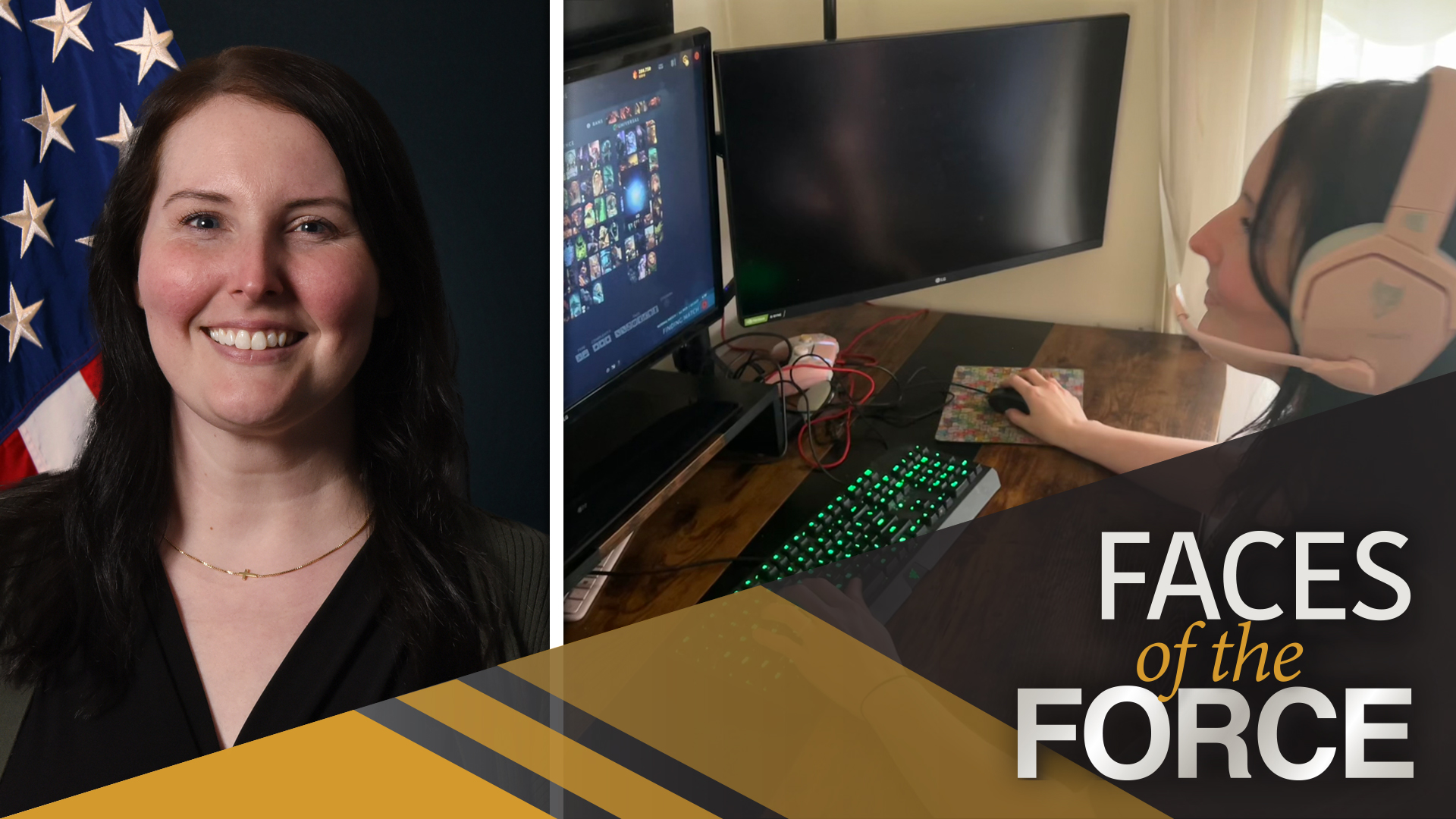
COMMAND/ORGANIZATION: Program Executive Office for Command, Control, Communications and Network
TITLE: Assistant product manager
YEARS OF SERVICE IN AAW WORKFORCE: 1
DAWIA CERTIFICATIONS: Contracting Professional
EDUCATION: M.S. in information technology, American Public University; B.A. in English and journalism, Shepherd University
CHELSEA CESPEDES
by Kathryn Bailey and Cheryl Marino
A change in mission can rock even the most seasoned acquisition government employee, who must draw upon years of experience to rally a team, shift priorities and grasp new requirements.
Last year, in response to the changing face of warfare, the Army prioritized its on-the-move (OTM) capabilities across multiple platforms to enhance lethality and survivability for commanders and their units.
For Chelsea Cespedes, hired less than a year ago as the assistant product manager (APM) for the existing command post OTM program, this change in mission meant her program would be tackling exponential growth, and fast.
“I landed this position because in 2024, I made a deliberate shift to focus on building a career in federal service,” Cespedes said. “It’s been my dream to be a federal employee since I began as a technical writer for the Coast Guard in 2014. For ten years, I have loved and admired what it means to be a public servant and the idea of actively supporting our men and women in uniform.” Cespedes’ career path took her from technical writer to configuration manager to a Scrum Master and lead integration engineer—because she found creating technical solutions for the warfighter fascinating.
“I worked my way from understanding how the end user [the warfighter] uses a product to an APM role of providing and creating the product,” she explained. “I believe that expertise has been critical in understanding acquisition.”
When asked to identify the first steps to adapt to her command post’s OTM program changes, she quickly answered. “It’s simple—we change too,” she said. “The true art of acquisition lies in knowing when to paint by the numbers—and when to adapt.”
Cespedes said her employer, Program Executive Office for Command, Control, Communications and Network (PEO C3N), has been working to realign to one of the Army’s highest priorities of Next Generation Command and Control (NGC2) and her product office is a huge piece of the NGC2 puzzle, as she and her team pave the way for platform integration.
“Since it is one of our highest priorities, we are quickly adapting to ensure we are meeting the target of rapid fielding,” Cespedes said. Thus began her journey into adaptive acquisition to expand her program from providing mobile command post capabilities for the family of medium tactical vehicle variants and HUMVEES to one that is encapsulating the emerging OTM requirements, including an Armored Formation OTM pilot program, and the assumption of acquisition authority over the Integrated Tactical Network commercial-off-the-shelf capabilities. “We went from managing three product lines to six, and from managing one single funding line to multiple—all within the span of less than a year,” Cespedes noted.
The Army identified the end-state for this high-visibility program to fall under the Major Capabilities Acquisition category which, according to Defense Acquisition University, means “acquire and modernize military unique programs that provide enduring capability.” In this case, the program will execute acquisition authority over all command post modernization.
Towards that goal, Cespedes’ team set out to achieve Milestone C, which authorizes a program to enter the production and development stage. She and her team executed a series of steps and strategies, beginning with implementing a strategic requirements strategy to deliver fast capability to the warfighter. They adapted their key performance parameters to incorporate these new and evolving requirements, ensuring they aligned with the program’s new objectives, validated the changes during a Configuration Steering Board, or CSS (established to review requirements and technical configuration changes), held in coordination with their plan to move forward and transition the program.
As a result, the Army Future Command’s Army Capability Manager is now updating the existing Configurable Design Document, which outlines how a system or product is to be configured to meet its design requirements. Despite these adaptive acquisition actions, this high-priority program needed to fast-forward as quickly as possible.
With another shot of innovative acquisition can-do attitude, Cespedes and her team developed an Acquisition Decision Memorandum to serve as an interim bridging solution while the CSS was updated. Upon achieving a clear understanding of the program’s requirements, they adopted a flexible funding approach to address immediate funding needs, working with the PEO to realign funds and streamline budget lines across Project Management (PM) offices.
Finally, the team established cross-organization resourcing to ensure subject matter expertise across the program, turning to Integrated Product Teams, which were able to rapidly expand the mission without the additional costs associated with hiring new staff to the program.
Prior to her APM role, Cespedes served as a contractor for another PM shop under PEO C3N for five years which, she said, prepared her for this position. She obtained her master’s degree and became a certified Project Management Professional. Cespedes is also a Certified Scrum Master and CompTIA Security +; she is currently working on her Defense Acquisition Workforce Improvement Act program management Practitioner Certification.
When not performing her APM duties, Cespedes is tapping into her creative side—writing a fantasy fiction novel or playing her favorite video game called “Defense of the Ancients 2.” Primarily, she spends time with her husband, close family, friends and two cats.
In a world where others may view Army acquisition as a dry profession filled with processes, funding challenges and countless meetings, Cespedes takes an artistic approach to her program management style.
“If I’ve learned anything in my short time as an acquisition professional, it’s that acquisition is not just a business—it’s an art,” she described. “Like a painter with brushes or a sculptor with chisels, in the beginning, we are given the tools necessary to manage the cost, schedule and performance of a program, but ultimately, they are nothing more than tools. The vision and the actual art are sculpted by us, as the artists. In terms of acquisition, it is up to us as acquisition professionals to use those tools in a way that best serves the mission.”
“Faces of the Force” highlights the success of the Army Acquisition Workforce through the power of individual stories. Profiles are produced by the Army AL&T magazine team, working closely with public affairs officers to feature Soldiers and civilians serving in various Army acquisition disciplines. For more information, or to nominate someone, go to https://asc.army.mil/web/publications/army-alt-submissions/.
Subscribe to Army AL&T – the premier source of Army acquisition news and information.
For question, concerns, or more information, contact us here.







